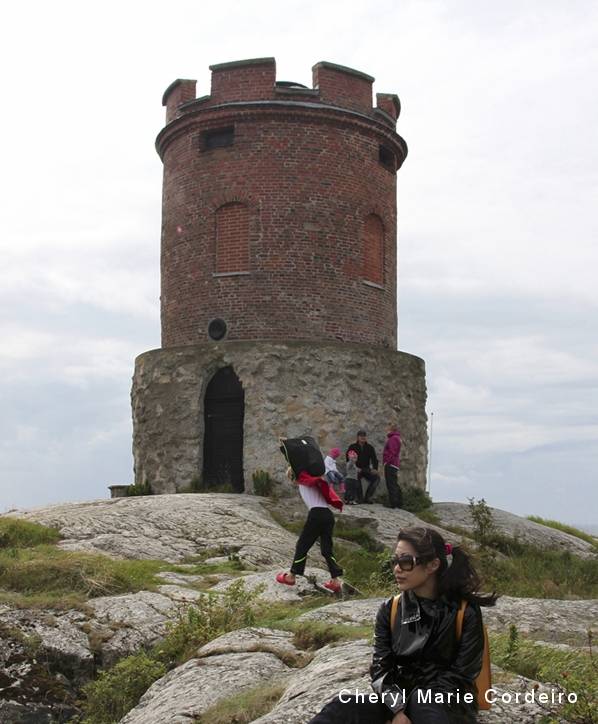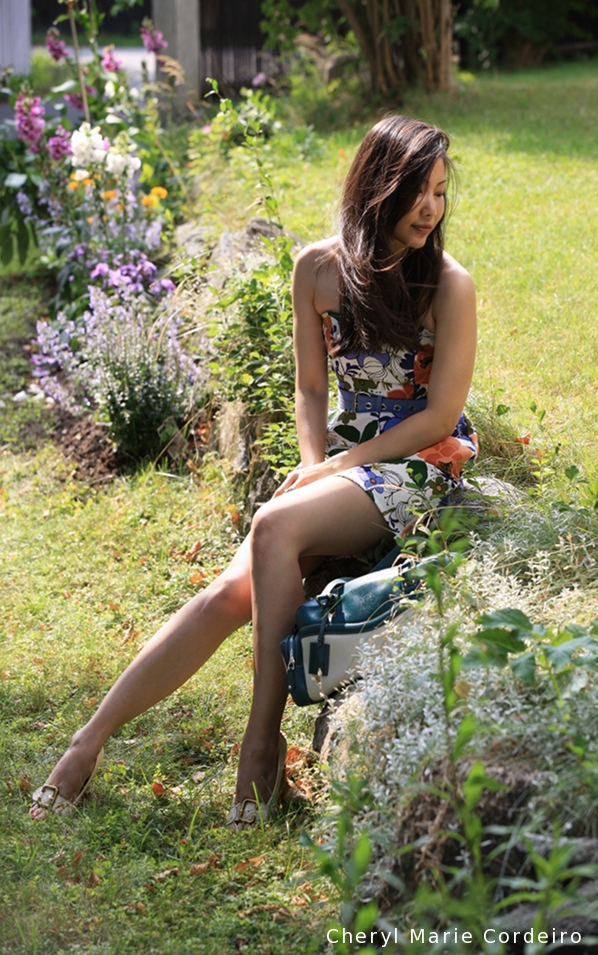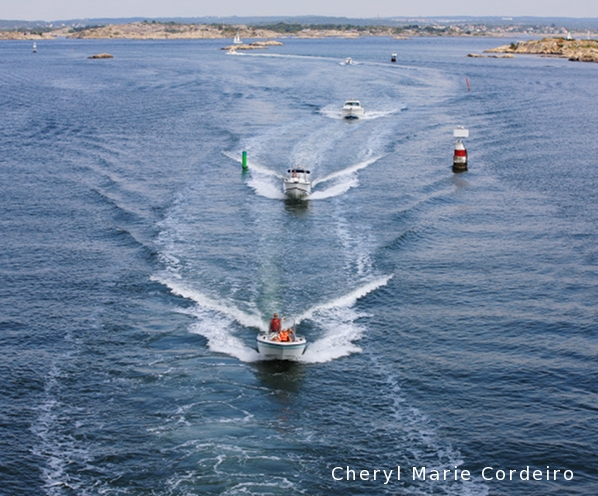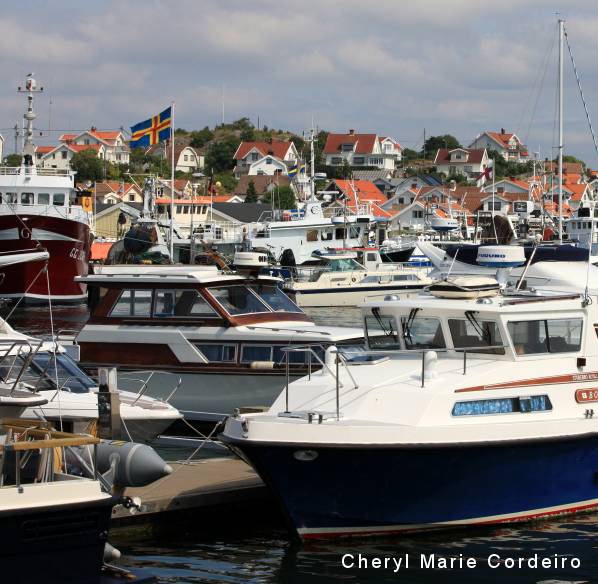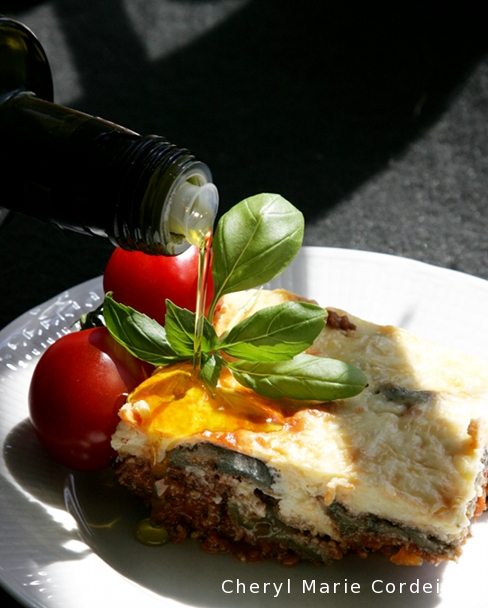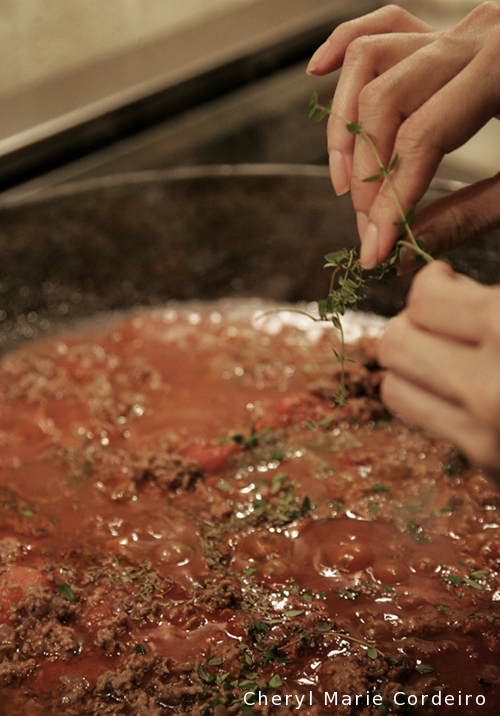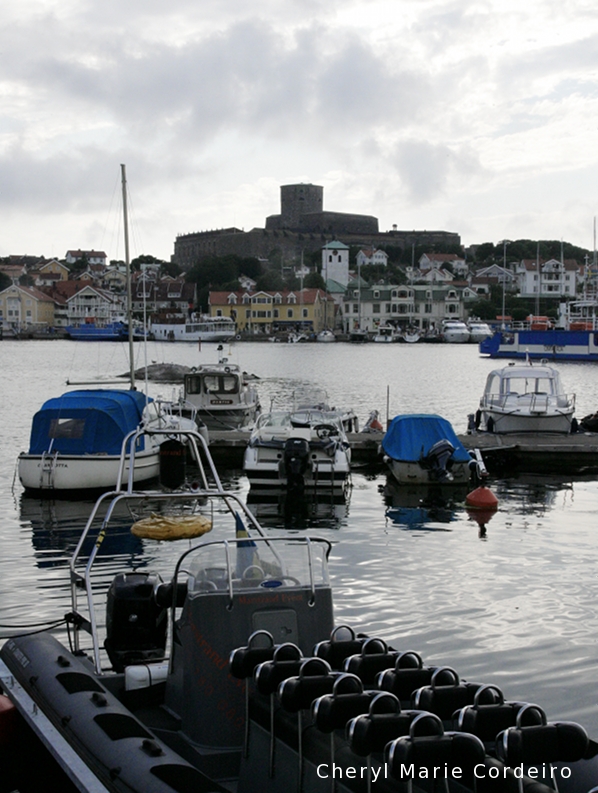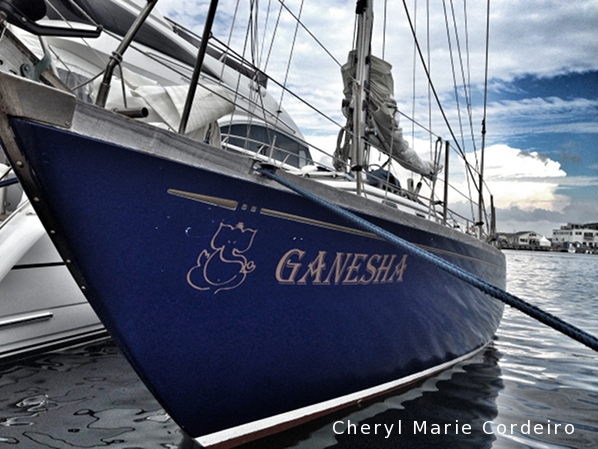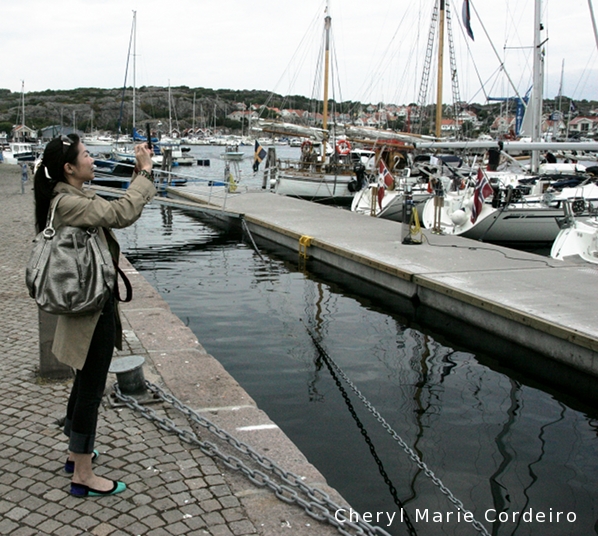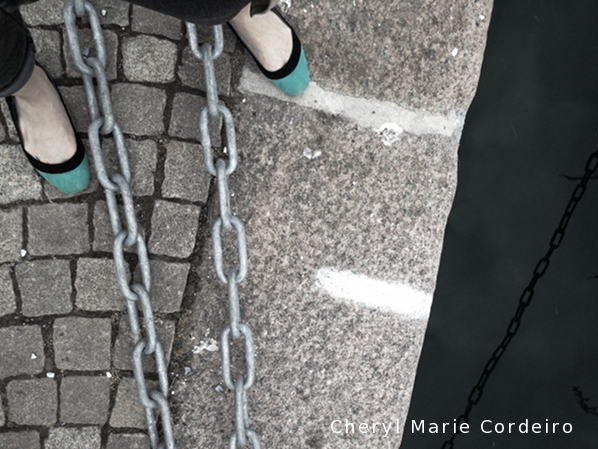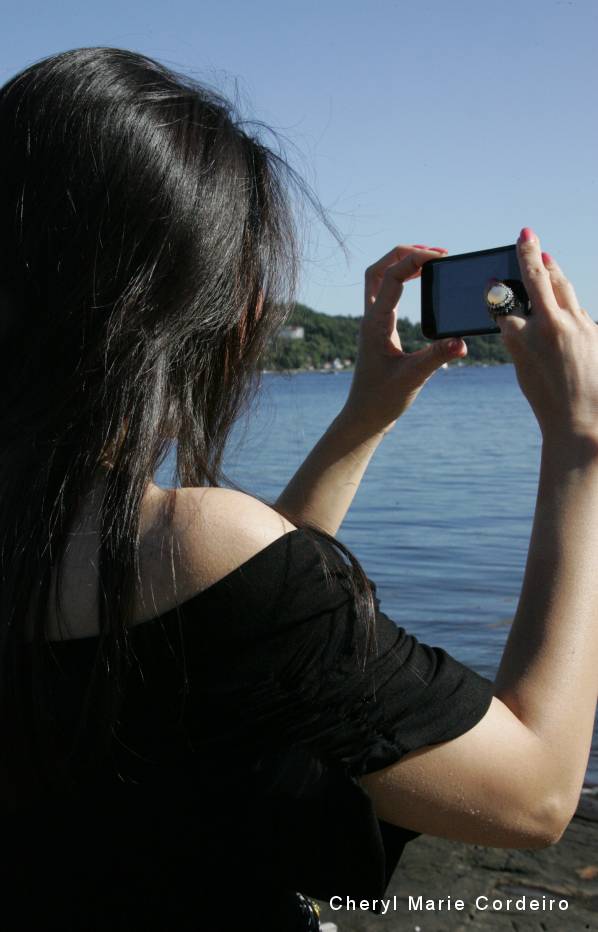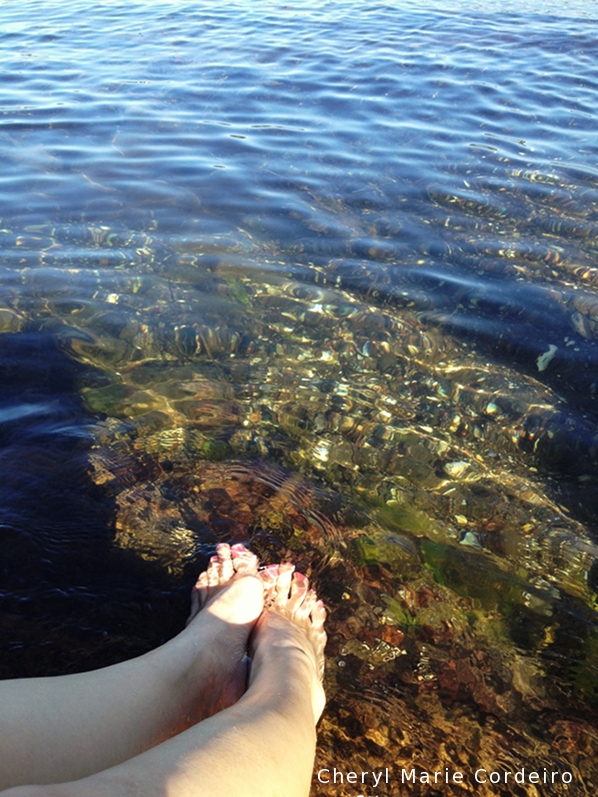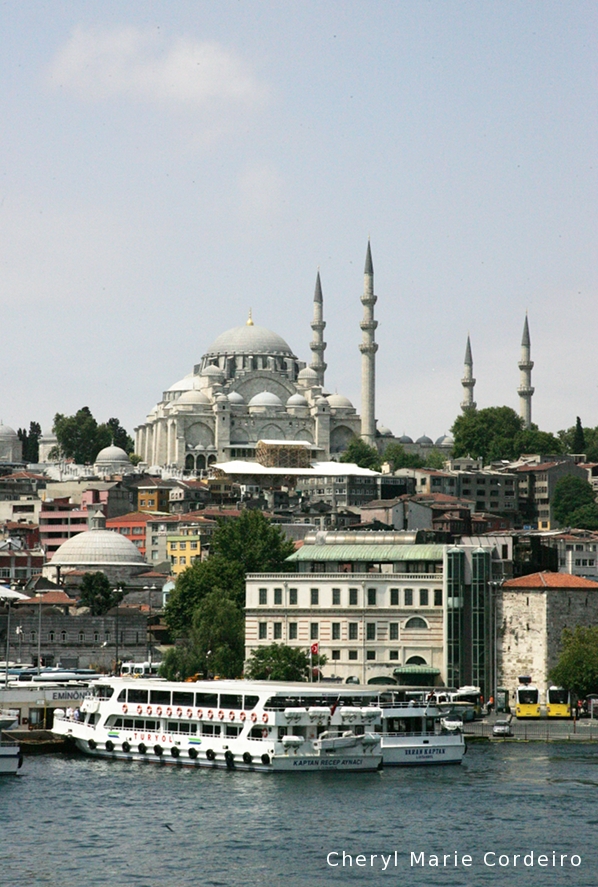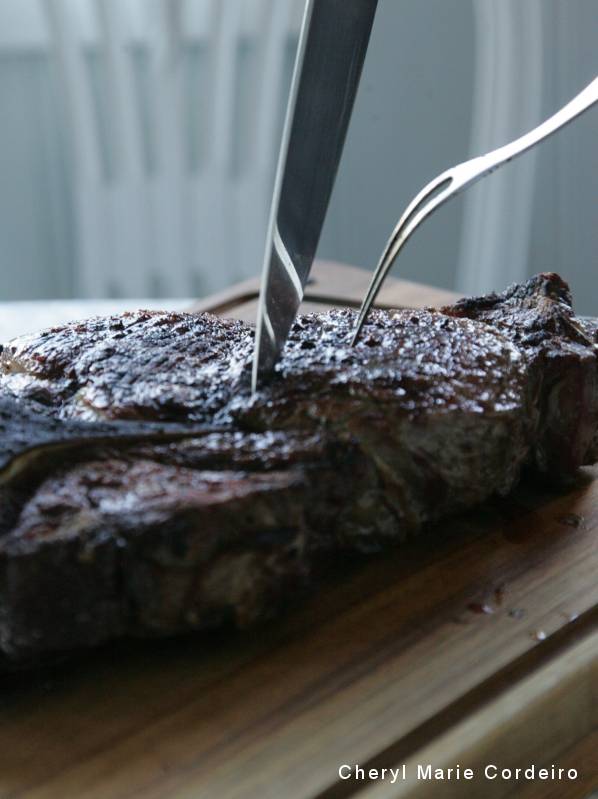The advantage of being in sniper position and camouflaging is the ability to produce blueberry muffins as one of three food wishes, from limited quantities of frozen blueberries.
Text & Photo © JE Nilsson, CM Cordeiro 2013
We were standing loosely, in a group, outside the main office buildings, in idle summer chatter which mostly covered what transpired during the most recent seminar that some of us had just stepped out of. It was lunch time and those present were waiting for a few more colleagues that formed the daily lunchtåg or lunch train, before proceeding to said destination for lunch. Except in Swedish group organization tradition, those present are never really sure who is going to turn up for the lunch train, and there is most often no said destination for lunch. Decisions are made in a much more mysterious manner – you just needed ‘to know’ these kinds of things. This happens too in more formal meetings, where issues other than what is on the agenda are discussed and there seems to be no general agreement on anything at any one point in time. In such meetings, it is also not unusual that the only point in time when people start to take notes would be at the end of the meeting when they are deciding when to meet next. And meetings are planned very much ahead of time, so you could decide on two future meetings already now.
Continue reading “When in doubt, begin with a custard then go left.”


